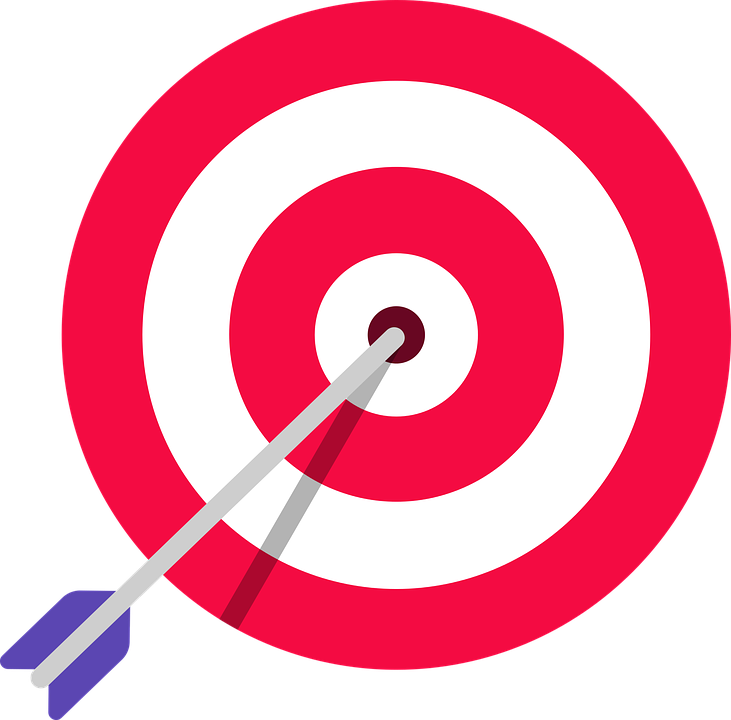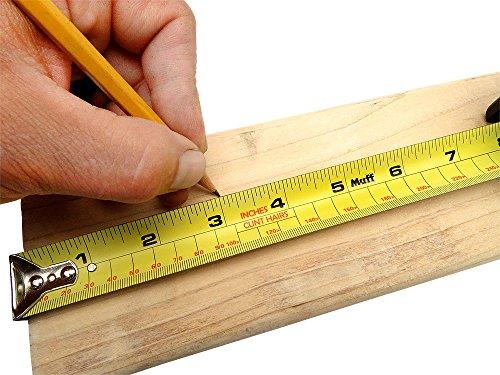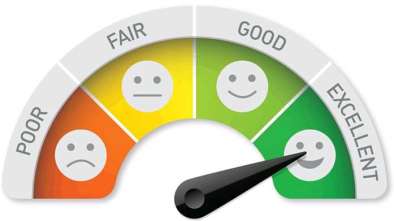Blog Content Writing: How Often Should You Update Your Blog?
Blog Content Writing: How Often Should You Update Your Blog?
Whether you own a small business blog or your blog is the business, updating fresh regular content is the key to getting more traffic, views, reads, and social shares.
It’s great for SEO (search engine optimization) because search engines love websites with a steady stream of fresh, quality blog content.
But the big question is, how often should you update your blog post?
On paper, it’s pretty simple: create a blog, write quality content, improve your SEO, and watch your traffic grow. However, when you get down to work, things are quite different, and tricky.
In reality, it is not easy for most businesses and bloggers to determine the best blog posting frequency.
For some companies, one blog post per month is sufficient, while for others it is essential to publish every day.
So, How Often Should You Post On Your Blog?

In this article, we will try to help you determine the right publication frequency for your business blog. Remember, there is no right or wrong answer. A publication calendar may well work for a particular brand and not work for yours.
Determining the number of blog articles to be published per week or month depends on many factors, including your specific goals, resources, marketing efforts and whether or not things like outsourcing content writing service is an option.
Define Your Content Goals

First step, you need to determine what goals your content should serve. Content creation is not an objective in itself. It is, however, a means of achieving your objective.
For most bloggers and businesses, getting more traffic, improving Google rankings for specific keywords, and increasing engagement and brand awareness are the primary goals.
Here are more reasons why businesses create blog content.
• Direct your contacts to the next step in your conversion funnel
• Assert your business expertise
• Create new opportunities
• Sell your products (cross-selling or upselling)
• Build customer loyalty
• Engage with influencers
• Educate visitors
• Educate your readers
Establish your main goals because they will determine what content you need to focus on.
Your Goals Determine Your Content
Once you’ve determined your content goals, drill down further, and find out which type of content will best help you achieve your goals. Here are some quick examples;
• For educational purposes: Create guides, infographics, statistics, etc.
• To convince: case studies, product demonstrations, webinars, etc.
• To capture attention: viral videos, quizzes, fun content
• To boost confidence: customer testimonials, customer references.
If your blog is predominantly dependent on affiliate marketing and earning from referral commissions, you will find yourself needing more product reviews, product descriptions, tutorials, and customer testimonials.
If your goal is to improve your content ranking on specific keywords and increase the number of your unique visitors; create as much content as possible around the keywords that you have defined as being important for your business.
Consider Your Resources and Capacity
How many articles can you write per week, and still retain your sanity?
Well, you certainly want to post new content every day, but if you only have the time, resources, and budget to create one post per week or every two weeks, it is far more realistic to stick to this frequency.
Remember, if you want to increase your Google ranking, Quality comes before quantity.
If you don’t have time to produce in-house content, supplement your posts with guest articles. Better yet, consider hiring a blog writing service to help you catch up with your demands.
Perform a Content Audit
What type of content have you already published and, more importantly, how good is it? If you already have a repository of high traffic blog articles, you probably don’t need to post content every day.
HubSpot studied the impact of the total number of blog posts on inbound traffic and determined that after 400 posts, businesses generated twice as much traffic as those that had between 300 and 400 blog posts.
It can take a while to reach 400 blog articles… tell me about it. But don’t worry, you can get just as much traffic to your blog with far fewer articles published. The idea is to focus on articles that provide relevant and up-to-date, valuable information. Remember, content freshness is an important ranking factor in Google.
This means updating your already published blog articles is just as important as creating new articles.
If you have an older blog post that still represents a real source of traffic, make sure that none of the links or information published in this article is out of date.
For example, add new sections to the article to make it more juicy and relevant. Or, if you have three short articles on the same topic, combine them to create a complete guide. Check out our quick tips on how to re-write old blog content to re-ignite dwindling traffic.
Tailor Content to Your Audience

Analyze your main source of traffic on your blog using tools like Google Analytics. This will help you understand how your blog posts are performing. You will also get to know how much effort you need direct towards content writing and which type of content you should focus on.
Social media
If you are promoting your posts on your social media and this is driving traffic to your blog, it may be worth trying to create shorter content that tends to perform better on platforms like Facebook and Twitter.
News content is also appreciated on social networks. Be careful, however, if you opt for this content strategy, you will probably have to invest in creating several articles per week to keep your readers satisfied.
Search Network
If most of your traffic comes from the search network, you should focus on longer, more in-depth, and more journalistic articles.
The average article that appears on the first page of Google contains slightly over 1500 words. These large articles take longer to produce. So you may only publish once a week or even every two weeks unless you opt to buy articles from a content writing service.
E-mailing
Subscribers to your newsletter are often the most engaged users. It is therefore essential to understand what type of content they are receptive to. Are these shorter, more topical blog posts, or longer, more detailed articles?
Do they react to specific subjects? By varying the frequency of sending your emails and measuring the evolution of response rates, you will have a good idea of the frequency with which your audience wishes to read your content.
Find Out What’s Happening In Your Field
Blogging is a competitive sport. If you are a web marketing agency and want to create a guide on SEO in 2020, 2021, etc.
Guess what? There is already a blog post on that, and maybe far much better than you could have produced!
So what next?
If you want to stand out, add value to what you produce: sharing personal experiences, creating customer case studies or original research, etc.
If you are working in an industry where your competitors have not published a lot of content, (e.g. Internet of Things, smart homes, Artificial Intelligence, etc.) you have a great opportunity – and probably little time to grab it.
Create as much content, long or short, as you can, as quickly as possible, before everyone realizes they have to do the same to succeed.
Create content for all the keywords you find relevant to your trade. Once you’ve got all the search traffic you can, reduce the number of posts and start focusing more on quality rather than quantity.
Test Your Posting Schedule (And Continue Testing)
You know that marketing is all about testing to see what works, revising, retesting, etc. Try posting a blog article once a week and three articles another week. Continue until you find the strategy that works best for you.
According to Hubspot Bloggers who publish an article weekly or more are 2.5 times more likely to get good results than bloggers who publish once a month or less.
You don’t have to be a publishing machine, but as long as you are strategic and consistent, you will see growth. If your business is new or you don’t have a lot of traffic yet, you might want to increase your posting frequency until you realize reasonable and steady traffic before scaling down.
So, What Is The Magic Number?
What is the magic number of posts that you need to update on your blog to get steadily rising traffic?
Well, as you can tell from above, there is really no magic number, but here are a few critical things you should keep in mind;
• Post at least once per week
• Set a realistic posting schedule that you can keep up with unless you plan to buy content writing services.
• You will likely need a higher than regular posting frequency if;
• You just launched your blog
• Your blog has little or no content
• Your blog has been lying dormant for some months now.
• You just launched a digital marketing campaign.
• Your traffic has dropped significantly lately
• You need more sales
For small businesses, consistency is perhaps the most important aspect. Once you have a regular schedule, your visitors will know when to expect new material and will keep coming back for more.
If you’re running a small business blog, updating your blog once to three times per week is a realistic and effective schedule. Prioritize your blogging efforts, provide high-quality content and you will realize increased traffic and more sales.
Hiring Content writing service: Should you Buy Content?

If you have many ideas but don’t have the time or the writing skills, hiring content writing service is the ultimate solution.
You will be able to increase the frequency of your publications rather than spending all your energy on writing.
Also, you get well researched, SEO optimized, and engaging quality content that will keep your readers coming back.
If you run a small business, digital marketing agency, or blog for a living, you know things can become overwhelming at times.
While you might have a perfect content strategy, an ambitious posting schedule, and well-researched industry keywords on paper, it’s not uncommon to miss posting datelines and go for weeks…even months, without a blog post.
By outsourcing your content from content writing services such as NeonWriter.com, you always ensure that you get blog posts right when you need them.
We have thousands of vetted and proven content writers in multiple industries ready to produce high-quality, plagiarism-free, and optimized content at arguably the most affordable rate on the internet.
If you haven’t used our services yet, here are 7 good reasons why thousands of small businesses, bloggers, and digital agencies are turning to NeonWriter for custom content.
If you need help with blog content writing but you’re on a tight budget, our talented team of content writers at NeonWriter.com can help.
Sign Up for 100% FREE, place your order instantly on any topic and we will produce high-quality, optimized, unique blog posts for you in a matter of hours.
See you on the inside 🙂



